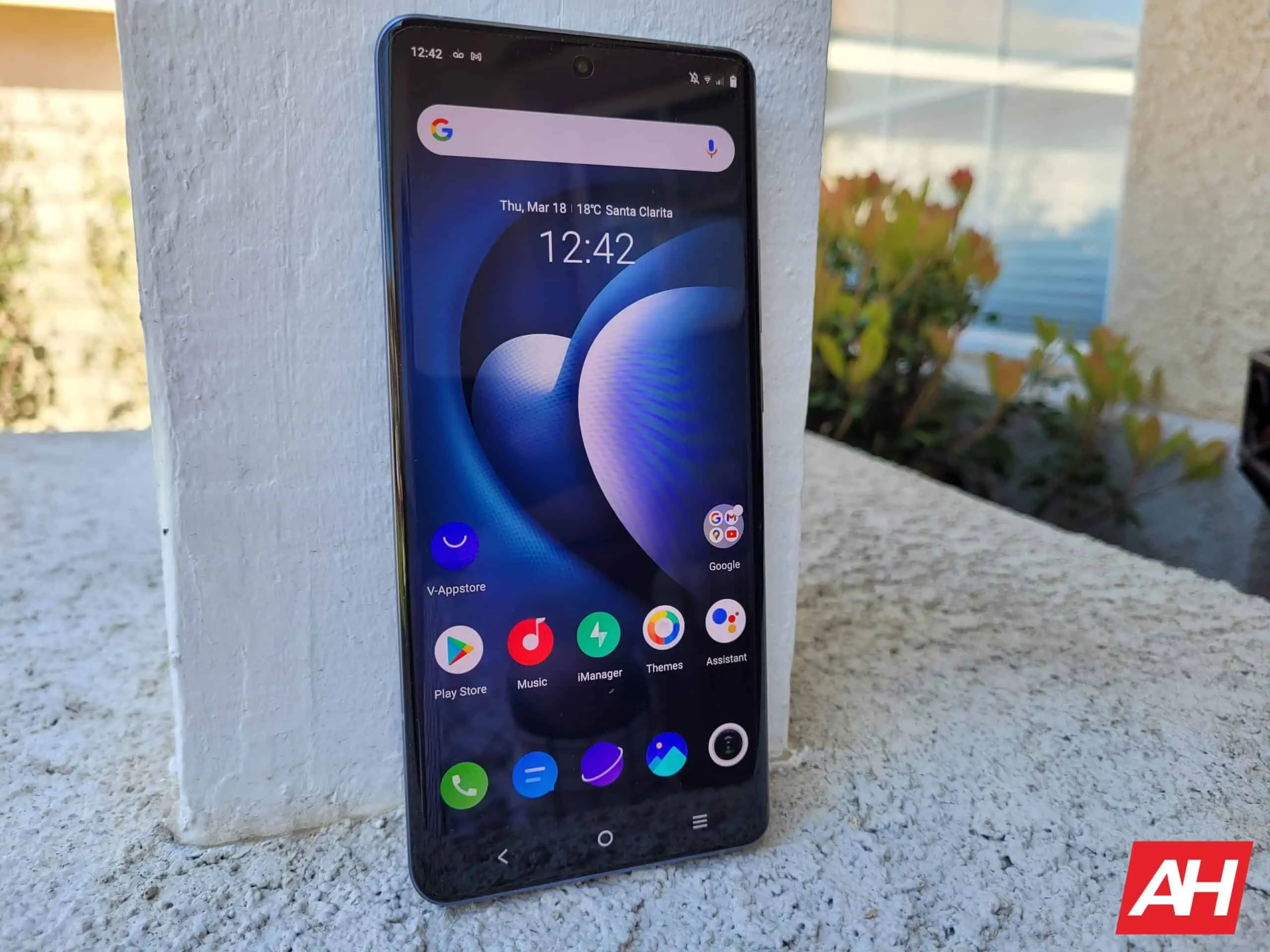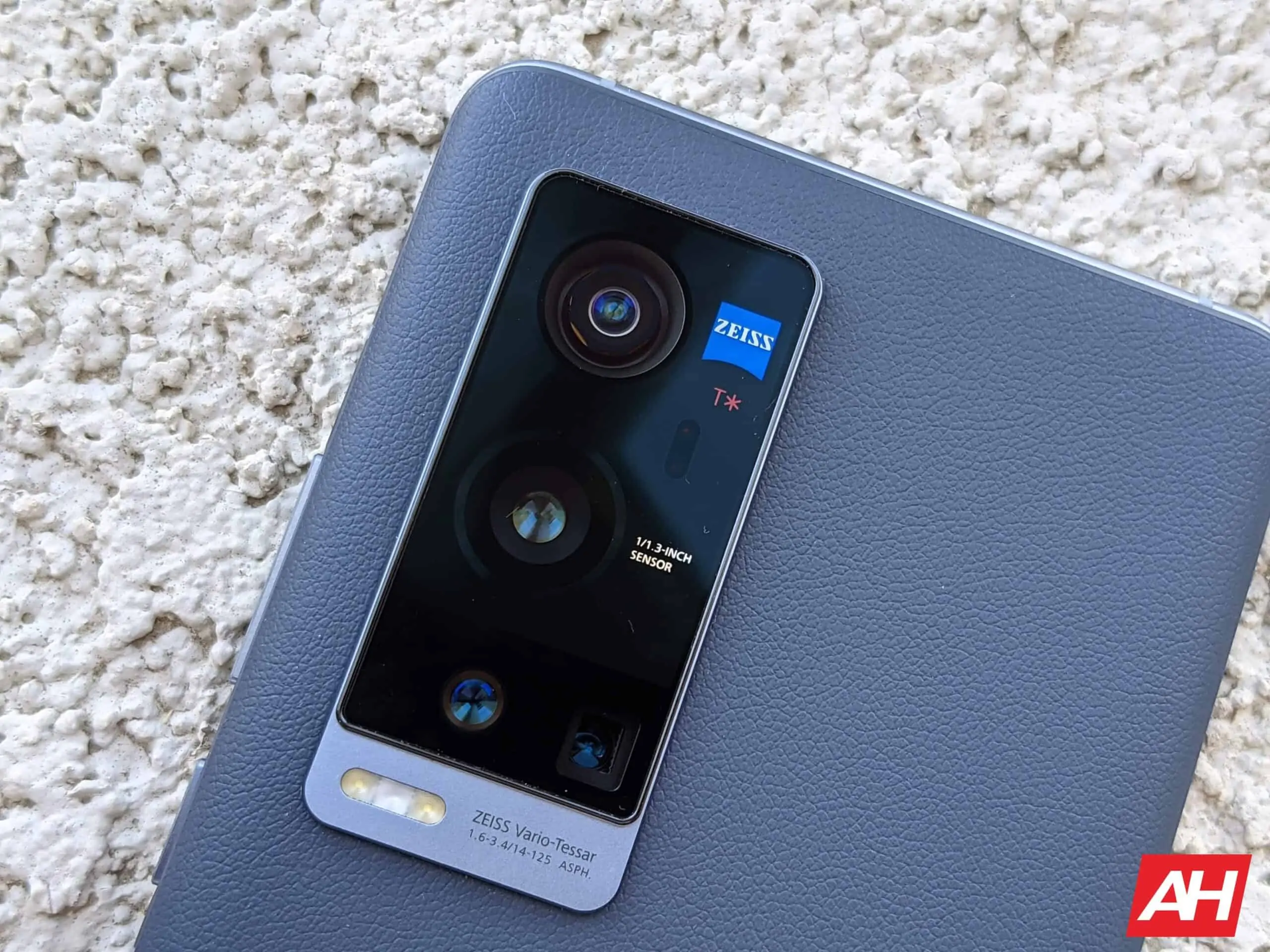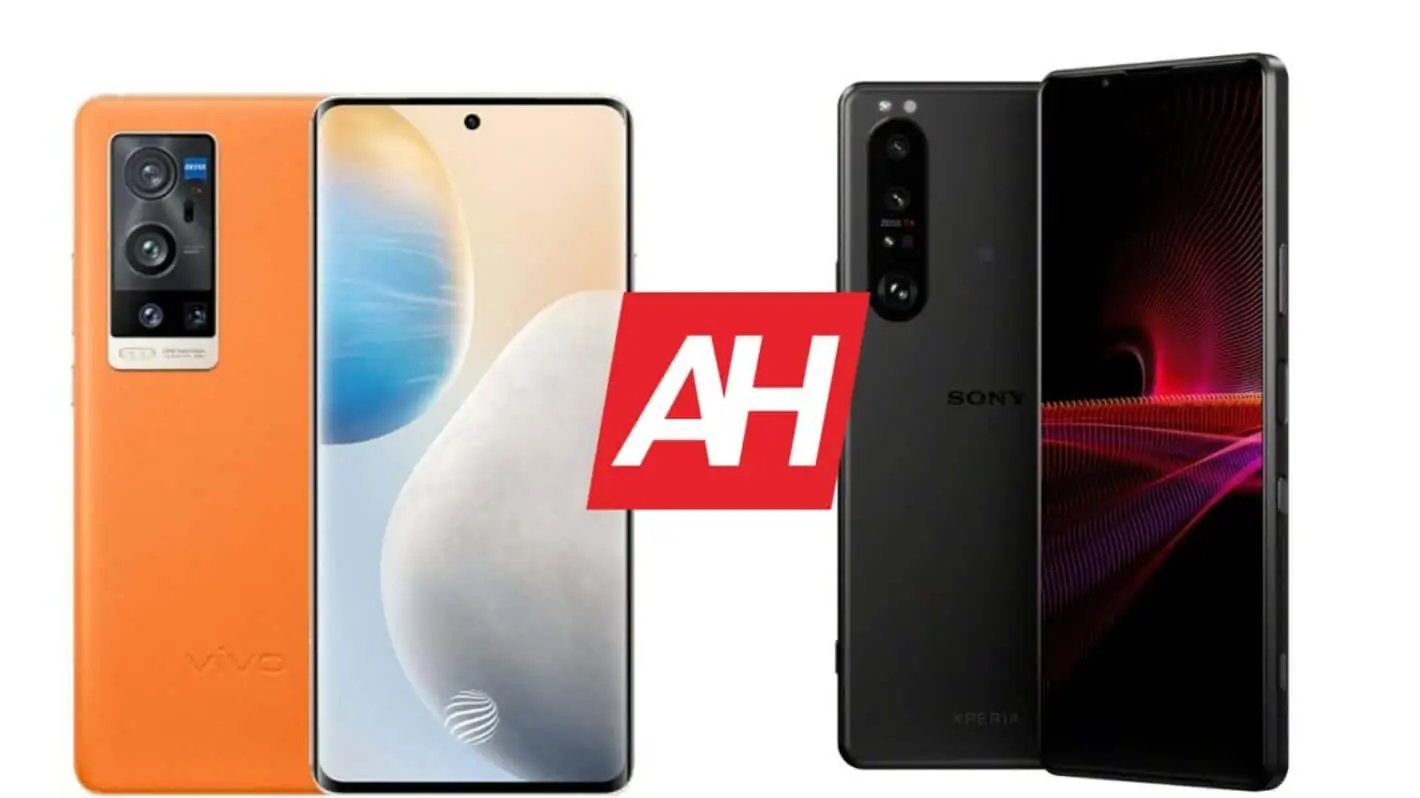This time around, we’ll compare the Vivo X60 Pro+ vs Sony Xperia 1 III. These two handsets are the best of the best Vivo and Sony have to offer at the moment. There are some similarities between the two phones, but for the most part, they’re quite different. They both have admirable specs, though those are also quite rather different. The two companies simply have different ideas as to what a flagship phone should look like.
The sheer fact Vivo and Sony took such different approaches is what makes this comparison rather interesting. It is worth noting that the Vivo X60 Pro+ is considerably more affordable than the Sony Xperia 1 III, as its pricing starts well under $1,000. The Xperia 1 III crosses that mark by quite a margin. We’ll kick off the Vivo X60 Pro+ vs Sony Xperia 1 III comparison by listing the specs of the two devices, and then move to a number of other categories.
Specs
| Vivo X60 Pro+ | Sony Xperia 1 III | |
| Screen size | 6.56-inch fullHD+ Super AMOLED curved display (120Hz refresh rate) | 6.5-inch 4K OLED flat display (120Hz refresh rate) |
| Screen resolution | 2376 x 1080 | 3840 x 1644 |
| SoC | Qualcomm Snapdragon 888 | Qualcomm Snapdragon 888 |
| RAM | 8GB/12GB (LPDDR5) | 12GB (LPDDR5) |
| Storage | 128GB/256GB (UFS 3.1); Non-Expandable | 256GB/512GB (UFS 3.1); expandable |
| Rear cameras | 50MP (f/1.6 aperture, 1.2um pixel size, Dual Pixel PDAF, OIS, Laser AF) 48MP (ultra-wide, 0.8um pixel size, 114-degree FoV, gimbal stabilization) 8MP (f/3.4 aperture, 125 periscope telephoto lens, PDAF, OIS, 5x optical zoom) 32MP (f/2.1 aperture, 50mm telephoto, 0.8um pixel size, PDAF, 2x optical zoom) |
12MP (f/1.7 aperture, wide, 1.8um pixel size, Dual Pixel PDAF, OIS) 12MP (f/2.3 aperture, 70mm telephoto, f/2.8 aperture, 105mm telephoto, Dual Pixel PDAF, 3x/4.4x optical zoom, OIS) 12MP (f/2.2 aperture, 16mm ultrawide, Dual Pixel PDAF) 0.3MP (TOF 3D, depth) |
| Front cameras | 32MP (f/2.5 aperture, 26mm lens, 0.8um pixel size) | 8MP (f/2.0 aperture, 1.12um pixel size, 24mm wide) |
| Battery | 4,200mAh, non-removable, 55W wired charging | 4,500mAh, non-removable, 30W wired charging, wireless charging, reverse wireless charging |
| Dimensions | 158.6 x 73.4 x 9.1mm | 165 x 71 x 8.2mm |
| Weight | 191 grams | 186 grams |
| Connectivity | 5G, LTE, NFC, Bluetooth 5.2, Wi-Fi, USB Type-C | 5G, LTE, NFC, Bluetooth 5.2, Wi-Fi, USB Type-C |
| Security | In-display fingerprint scanner (optical) | Side-facing fingerprint scanner |
| OS | Android 11 Funtouch OS |
Android 11 |
| Price | $830 / $930 | $1,300 |
| Buy | Vivo (not yet available outside Asia) | Sony |
Vivo X60 Pro+ vs Sony Xperia 1 III: Design
In regards to the design, well, you can easily see how different the two phones are. The Vivo X60 Pro+ combines a metal (aluminum) frame with a vegan leather back. It has a display camera hole, which is centered at the top of the display. Its display is curved while its bezels are quite minimal. Its rear cameras are all placed inside a single camera island in the top-left corner of the display.
The Sony Xperia 1 III has a higher display aspect ratio, which we’ll talk about in the next section. This phone combines metal and glass for its build, and it doesn’t have a display camera hole. Its top and bottom bezels are thicker because of it. The phone includes a flat display, and it even has a physical shutter key on the right-hand side. Its rear camera island is placed in the same spot, but it’s much smaller than the Vivo X60 Pro+’s.
They are quite similar in terms of weight, while the Xperia 1 III is noticeably taller. The Vivo X60 Pro+ is a bit wider than Sony’s flagship, while it’s also a bit thicker. Do note that only the Xperia 1 III offers IP65/IP68 certification for water and dust resistance, while both phones have two SIM card slots. The Xperia 1 III even has a separate microSD card slot for storage expansion, if that’s something you need. Both phones feel really good in the hand, like quality devices. The Xperia 1 III is much more slippery, though, thanks to the glass back, for the most part.
Vivo X60 Pro+ vs Sony Xperia 1 III: Display
The Vivo X60 Pro+ features a 6.56-inch fullHD+ (2376 x 1080) Super AMOLED display. That display offers a 120Hz refresh rate, and it is HDR10+ certified for HDR content. This panel also gets quite bright at 1,300 nits peak brightness. The panel is curved, though, so if you don’t like curved displays… well, this one’s not for sure. It’s not a waterfall display, or anything of the sort, but you’ll notice the curve.

The Xperia 1 III, on the flip side, comes with a 6.5-inch 4K (3840 x 1644) OLED panel. This is also a display with a 120Hz refresh rate, though you won’t be able to use 4K resolution and 120Hz refresh rate at the same time. This display does support HDR content, and it can project up to 1 billion colors. Sony’s flagship includes a flat display, and it is protected by the Gorilla Glass Victus. We still don’t know what protection Vivo opted for.
Both of these displays are excellent. If you plan to watch a lot of 4K content on your phone, Sony’s handset is the obvious choice. If not, both will more than suit your needs. At a 120Hz refresh rate, you’ll be forced to use fullHD+ resolution either way. Vivo’s panel is a bit bluish out of the box, but you can easily fix that via the display settings, and get it tuned the way you like it.
Vivo X60 Pro+ vs Sony Xperia 1 III: Performance
The performance is exactly what you’d expect out of such powerful smartphones, though Sony’s handset does have one noticeable issue. Before we get down to that, let’s just say that both phones are fueled by the Snapdragon 888 SoC, and that they offer fast RAM and storage chips. They also ship with Android 11 out of the box, though their software builds are considerably different, Vivo’s Funtouch OS is further away from stock Android in comparison to Sony’s build. Sony tries to keep things similar to stock Android, with the addition of its apps / features, of course. Both skins work really well, though.
When it comes to regular, everyday tasks, both phones excel. They can open / close apps really fast, browse, play multimedia like champs, handle your emails, some photo editing, some video editing, and so on. The thing is, the Xperia 1 III does get quite a bit warmer while doing so. That is even more pronounced while gaming. Both phones can run even the most demanding games, though, and do it well. The Xperia 1 III doesn’t get too warm, but it does get considerably warmer than it should, in comparison with the competition. Sony may be able to fix this via software, though.
Vivo X60 Pro+ vs Sony Xperia 1 III: Battery
The Vivo X60 Pro+ includes a 4,200mAh battery on the inside, while the Sony Xperia 1 III comes with a 4,500mAh battery pack. Both phones offer good battery life, but not great. There are quite a few phones out there that do better in that regard, but these two phones will be able to provide enough battery life for most of you out there. Just manage your expectations, as you won’t get crazy battery life numbers as with the Pixel 5 and (the Snapdragon version of the) Galaxy S21 Ultra, for example.
The Vivo X60 Pro+ can provide you with 5.5-6 hours of screen on time during your day, presuming you don’t play games. The Xperia 1 III can reach around 6 hours of screen on time only if you’re very careful, the phone is closer to 5.5 hours, even 5 hours, depending on what you do during your day. Playing games or doing anything else that is processor-intensive will seriously affect battery life on both phones.
Luckily, both of these handsets offer fast charging. The Vivo X60 Pro+ supports 55W fast wired charging. The Xperia 1 III comes with 30W fast wired charging, along with fast wireless charging, and reverse wireless charging. The Xperia 1 III is more versatile when it comes to charging, but Vivo’s flagship offers faster charging overall. If you do need wireless charging, however, the Vivo X60 Pro+ does not support it.
Vivo X60 Pro+ vs Sony Xperia 1 III: Cameras
The Vivo X60 Pro+ has four cameras on the back. A 50-megapixel main camera is backed by an 8-megapixel periscope telephoto unit, a 32-megapixel telephoto camera, and a 48-megapixel ultrawide unit. A single 32-megapixel unit sits on the front. The Sony Xperia 1 III, on the other hand, includes three 12-megapixel cameras on the back, and a ToF 3D unit. Its main (wide) camera is backed by a 12-megapixel ultrawide unit, a 12-megapixel telephoto camera, and a 0.3-megapixel ToF 3D sensor.

Both phones are quite capable in the camera department. The Vivo X60 Pro+ uses the same main camera as its predecessor, and yet the images are immeasurably better. During the day, both phones do an excellent job. They can capture a lot of detail, and offer excellent dynamic range. The white balance is spot on, while you’ll get great images of foliage as well. There’s not much to complain about on either phone. Sony’s images are a bit closer to real life, though.
In low light, both do a great job as well. Sony’s images will look a bit more realistic, while the Vivo X60 Pro+ is able to pull more details from the shadows. It tends to brighten up the scene a lot, some would say by an unrealistic amount, but at least you do get excellent shots that way. It does a great job with landscapes as well. They’re not perfect in low light, but are probably better than you think.
Audio
When it comes to the audio, the Xperia 1 III does have an upper hand. That handset comes with two speakers, while the Vivo X60 Pro+ has only one. That is an excellent speaker, but the thing is, it’s a single speaker. On top of that, the Xperia 1 III does offer a 3.5mm headphone jack, while the Vivo X60 Pro+ does not. If that’s something you need on a phone, there’s only one option here.
The sound from the Xperia 1 III could be a bit louder, but it’s still noticeably better in comparison to the Vivo X60 Pro+, as a single speaker cannot beat these stereo speakers on the Xperia 1 III. If you plug in your headphones, whether by wire or wireless, you’ll get really good audio, presuming you have good headphones. The audio is well-balanced across the spectrum.

